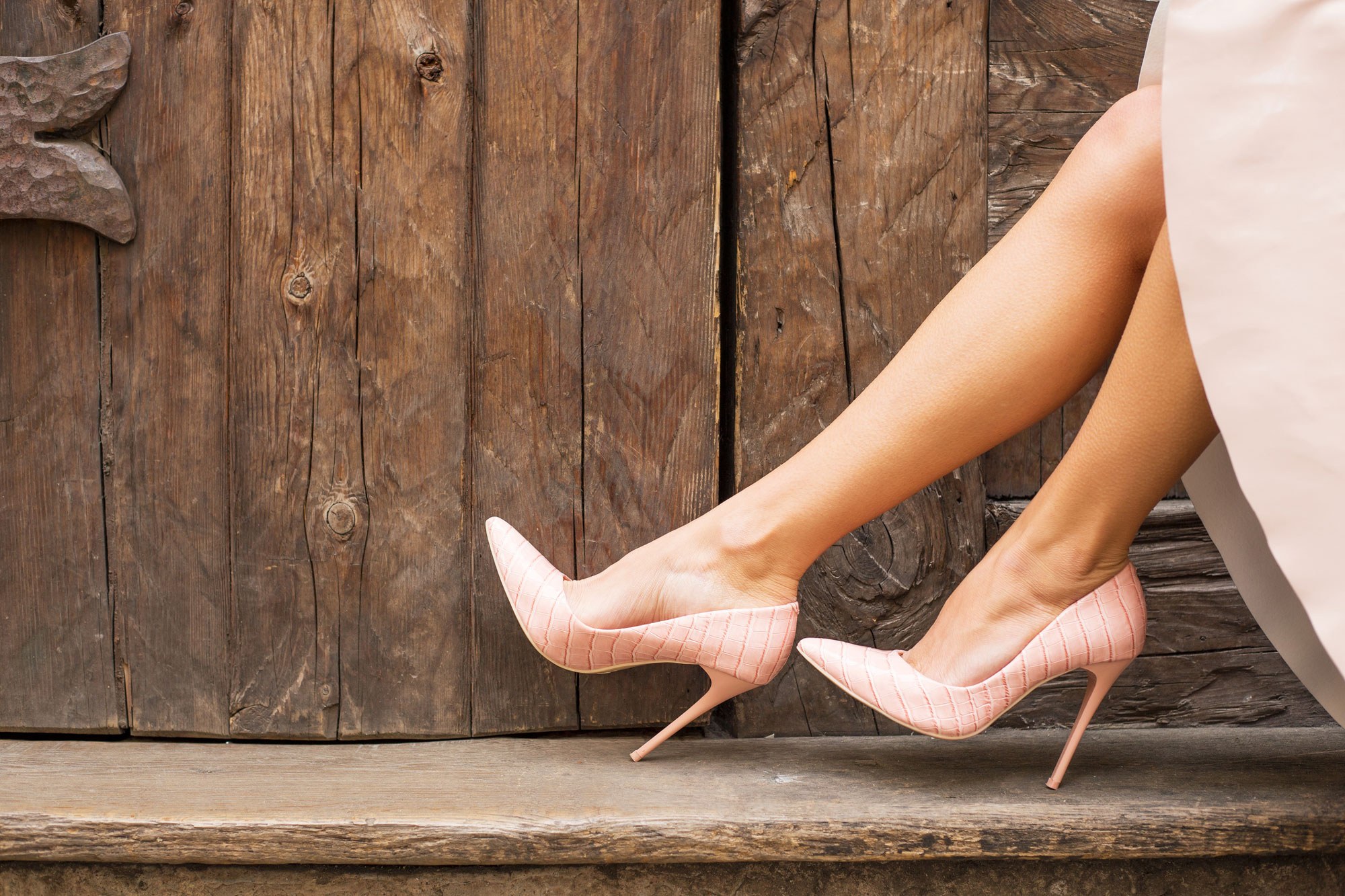The bunion is not only an aesthetic problem, but also a real disease that can affect anyone, but more likely women, and cause serious problems ranging from pain to intense difficulties walking. We interviewed Dr. Leonardo Maradei, head of the Orthopedic Foot and minimally invasive surgery department at Humanitas.
But what is hallux valgus? From the point of view of the symptoms and effects, it is a deviation of the big toe towards the other toes, which is evident, says Dr. Maradei, with “a medial protrusion of the metatarsal phalangeal joint, that with the progression of the disease can cause bursitis and loss of load on the foot, often associated with overload on 2 to 3 metatarsal joints and thus the condition is characterized by the so-called “hammer toes.”

Hallux valgus is difficult to prevent
Unfortunately, hallux valgus is difficult to prevent. Since one of its reasons is the abuse of shoes with a tip that is too narrow and the high heel, the doctor’s advice is to wear comfortable shoes. What are the other causes? “Family history – lists Dr. Maradei – congenital malformations, some trauma of the foot, weight problems, posture and muscle tone problems, as well as some forms of arthritis. All conditions that can be easily diagnosed by a medical practitioner, through “certain manoeuvres that are useful in assessing the ability of movement of the big toe. The diagnosis can also be confirmed or deepened by a radiograph (X-ray) of the foot.”
Not all cases of hallux valgus produce the same symptoms. The constant sign, for all who are affected, is the presence of pain, but it can vary significantly, says the specialist: “Some patients complain of pain in the second toe, rather than the big toe. Others experience a shock of intense pain in the absence of obvious bone deviations. Moreover, others denounce deformity not only to the big toe, but also to the other fingers.
Furthermore, hallux valgus may also be associated with bursitis, tendonitis or metatarsalgia.
How to treat hallux valgus
Symptoms of hallux valgus, concludes Dr. Maradei, can be alleviated “by wearing comfortable shoes or applying a bandage to keep the foot in a normal position, reducing the stress on the big toe, or by using special insoles”. If these remedies are not enough, one can change the bone deformity with percutaneous surgery, which is performed through small incisions in the skin and with the use of special tools “guided” by X-ray images.
-
3,400 Physicians
-
110,400 Annual surgeries
-
190,400 Annual Inpatient Admissions
-
928,000 Patients


